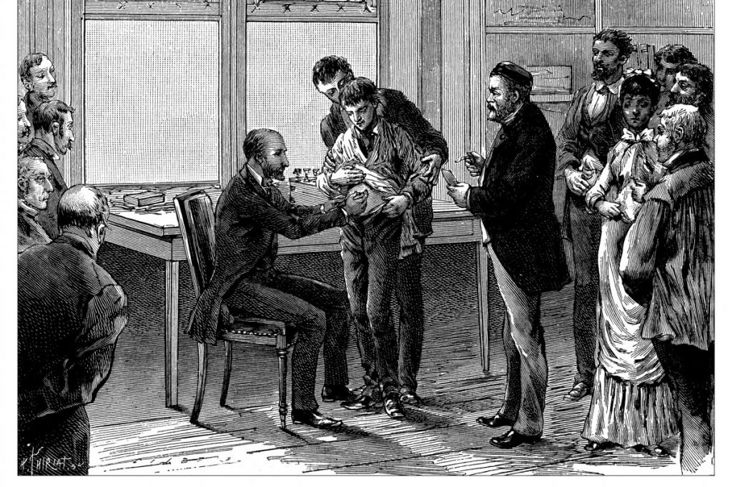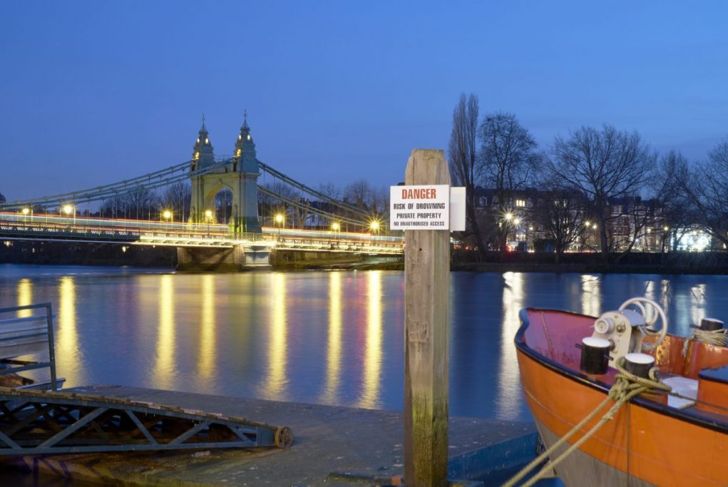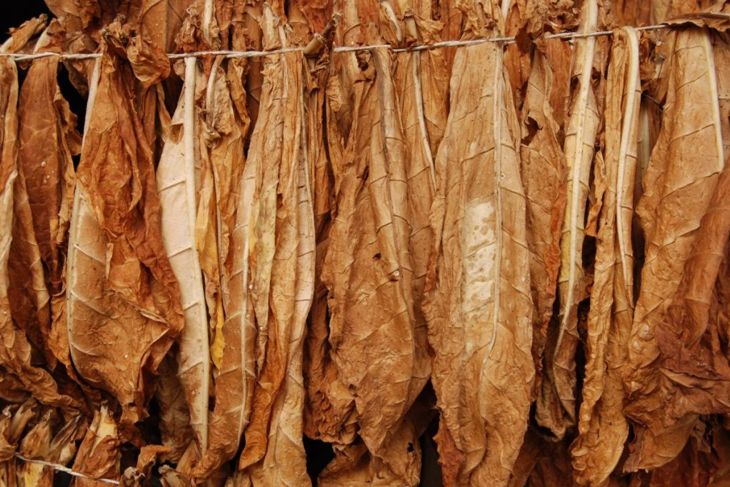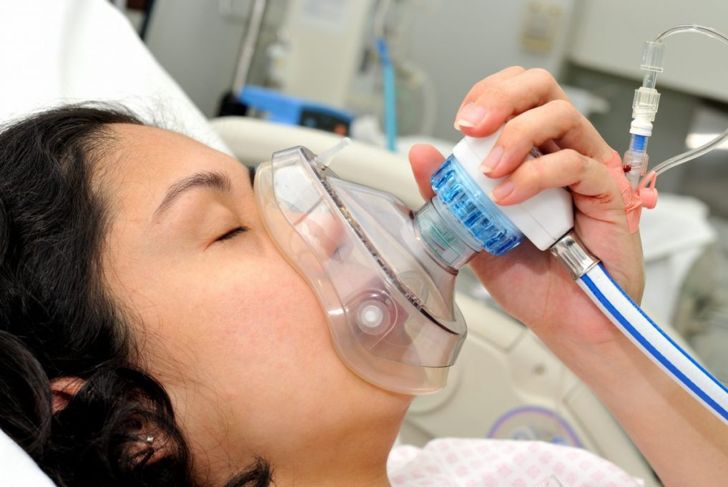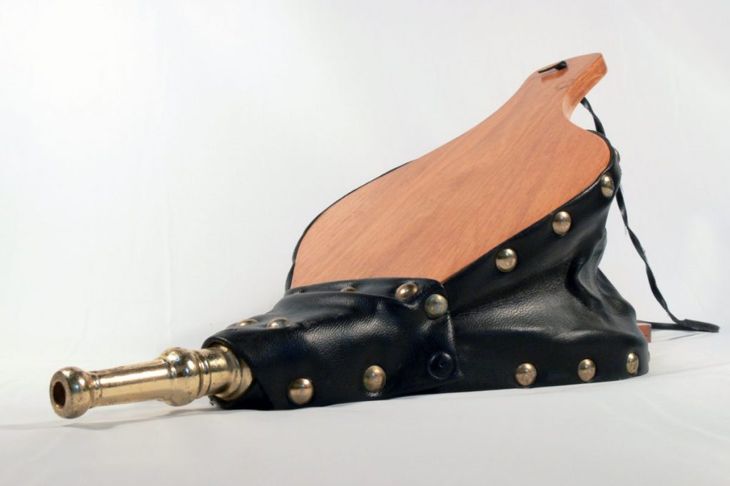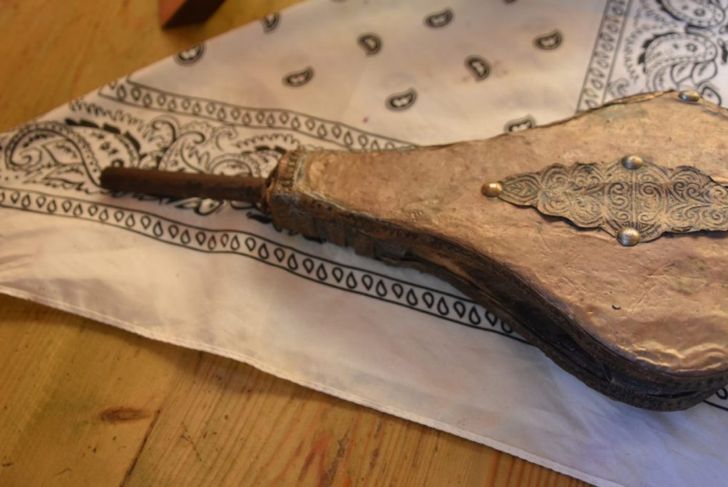British medicine in the 18th century was characterized by the same kind of exploratory enthusiasm that was happening in the colonies: discovery and conquering of new conditions. Treatments often employed new substances brought back to England by colonial traders. London doctors faced a particularly troubling condition called “apparently dead,” which was often the result of drowning in the Thames. The medical practices of the time turned to warming and stimulation as choice treatments. As ships brought back loads of tobacco from the American colonies, the properties of nicotine in the tobacco surfaced as a suitable way to achieve both.
Medical Science in the 18th Century
Several hundred years ago, physicians and scientists not only lacked the breadth of knowledge and experience they have today, but they also had little means of discovery. Careful observation and theorization were the key elements of medical research, along with discussion and debate among colleagues. Progress in medical science included a large amount of error and correction, resulting in some degree of modern incredulity that patients survived this curious, enthusiastic, and somewhat reckless phase of medical research.
The Thames as a Source of Research Subjects
The Thames River in London claims many victims. Back in the day, boating accidents, mishaps on the slippery shores, and criminal incidents produced many “apparently dead” folks doctors believed the right treatment might revive. If a trained person were nearby when an accident occurred, the professional could attempt several treatments to try to bring the person back. The “breath of life” was one solution, but medical theory held that, in addition to lack of breath, the state of the body was a critical part of recovery. Warming and stimulating, in other words, would help even more. London doctors Hawes and Cogan formed a society to encourage such revival attempts, with a prize offered for any successful resuscitation.
Old Barrel Resuscitation and Smoke Enemas
One of the leading methods for resuscitation during the early 18th century employed an old barrel. The specialist would drape the victim over the barrel’s side and, by pulling and pushing the feet, force air out of and back into the lungs. This method most likely activated the diaphragm, thereby providing many of the effects of modern CPR. Barrels were not difficult to find, so this method was fairly easy to employ if someone strong enough was available. Towards the end of the 18th century, the smoke enema, using a pig’s bladder, tobacco pipe, and nozzle, along with a quantity of tobacco, joined the Old Barrel as a potential lifesaver, deriving its technique from Native American practices.
From Virginia to London, a Solution Came
As with many medical solutions of the time, a substance from one of Great Britain’s colonies caught the eye of some researcher and theory about its effects led to practice. Tobacco, which grew plentifully in the American colony of Virginia, when used in smoke form had the warming and stimulating effect physicians wanted to apply to their patients. Native American traditions provided the original idea for smoke enemas.
Nicotine as a Stimulant
Users of tobacco in pipe, snuff, and other forms knew of its stimulating effects, which come from nicotine. For generations, tobacco was used to address cold and lethargy, including those believed to be caused by natural dispositions. Its specific effects treated a variety of illnesses and conditions from headaches to typhoid. To researchers, it became an obvious option for attempting to revive people pulled from the Thames.
Alternate Modes of Administering Nicotine in Smoke
As inhalation is not the ideal administration method for drowning victims, practitioners delivered nicotine by other means. A simple kit the rescuer could use to blow tobacco smoke into the patient’s rectum was the first treatment attempt. The risk of contagion to the practitioner from backflow led to the creation of kits that included various hoses, smoke-generating devices, and a small bellows to generate the air currents.
Risks to the Practitioner
As with modern CPR, the original technique put the practitioner in close contact with the patient. Smoke enemas could effectively force smoke into the body, but the 18th century was a time of many contagious diseases, such as cholera. In attempting to save a drowning victim, practitioners could expose themselves to infected bodily fluids. This introduced a significant risk which likely exceeded that of mouth-to-mouth contact.
Bellows-Style Administration: Safer and More Effective
With the enhanced device that utilized bellows-based propulsion of the tobacco smoke, practitioners could administer nicotine without, or with less, personal risk. This device also provided an improved means for controlling the dose and the frequency and volume during administration. Assembled and sold in a complete kit, this smoke enema device was popular with physicians of the time.
Nicotine and the Heart
Early in the 19th century, scientist Ben Brodie discovered the negative effects of nicotine on the heart. This significantly reduced the popularity of smoke enemas for drowning and other conditions. The devices used to administer the treatment, however, became easily available on the secondhand market for laypersons to use in non-medical settings.
Amateur Smoke Enemas and Bloodletting
Both smoke enemas and bloodletting fell out of favor with European medical establishments in the 19th century. Nonetheless, devices used to perform the treatments were widely available. As the century progressed, a variety of questionable medical treatments and devices joined them, leading to the advent of electricity-based medical treatments later on in the 19th century.

 Home
Home Health
Health Diet & Nutrition
Diet & Nutrition Living Well
Living Well More
More